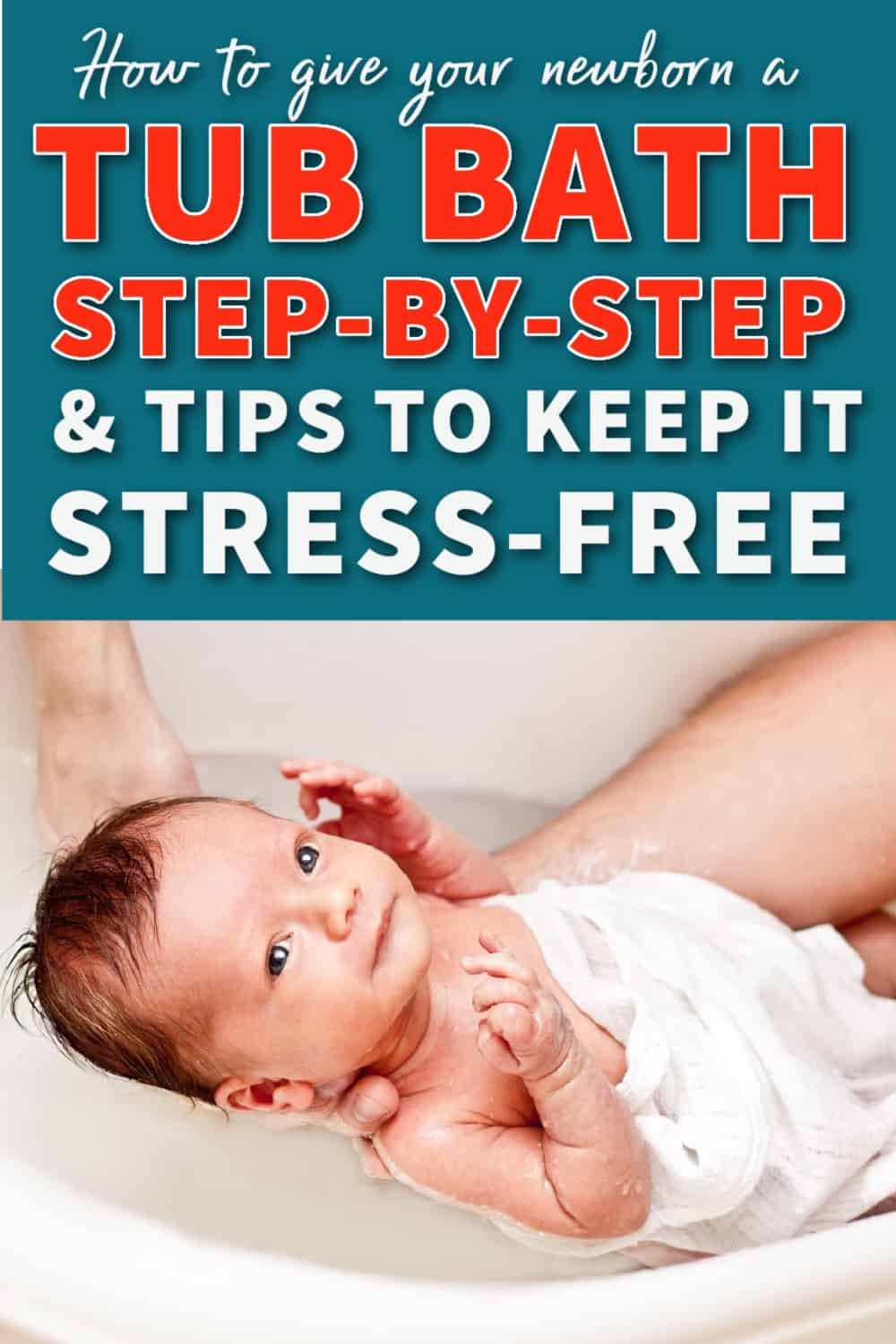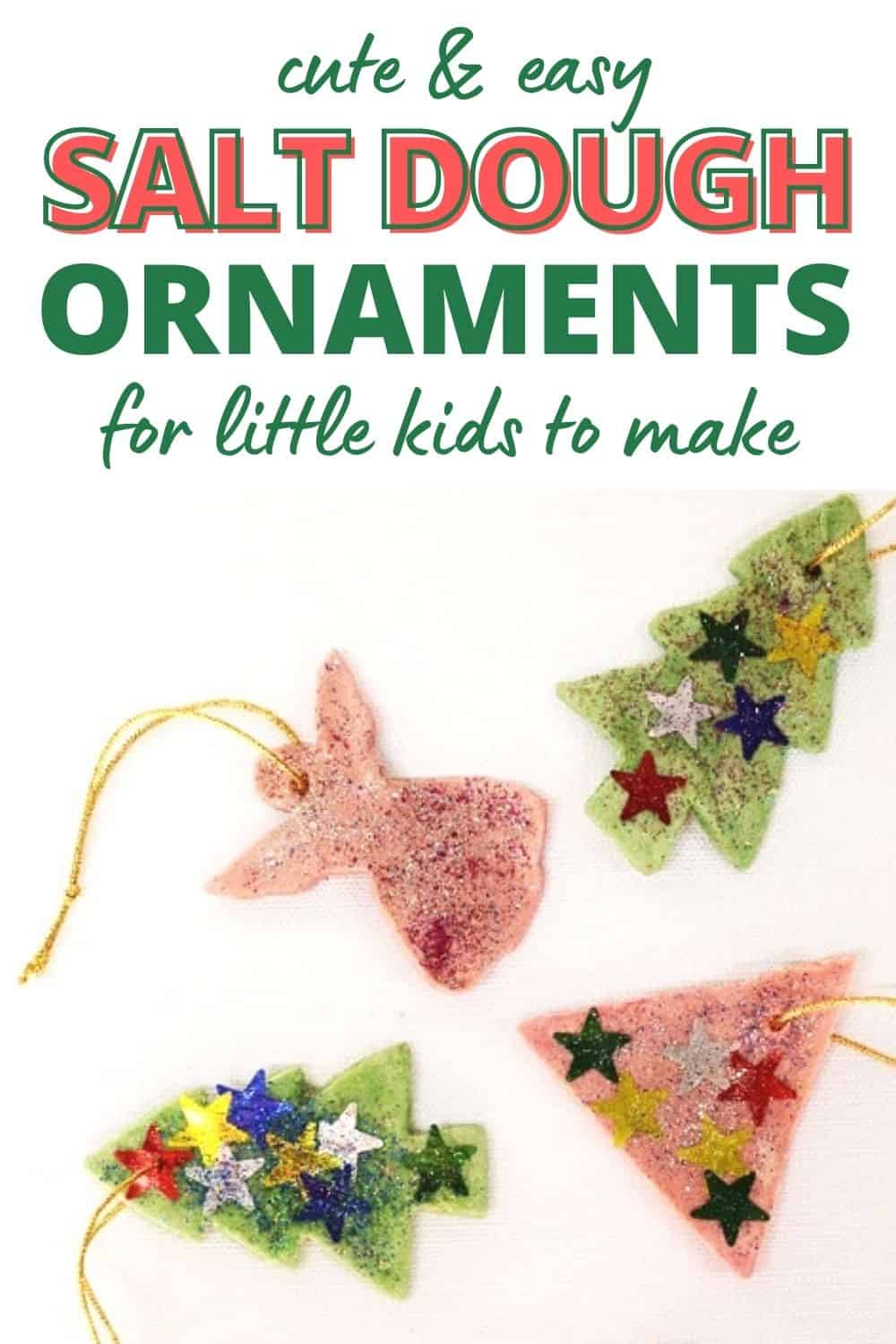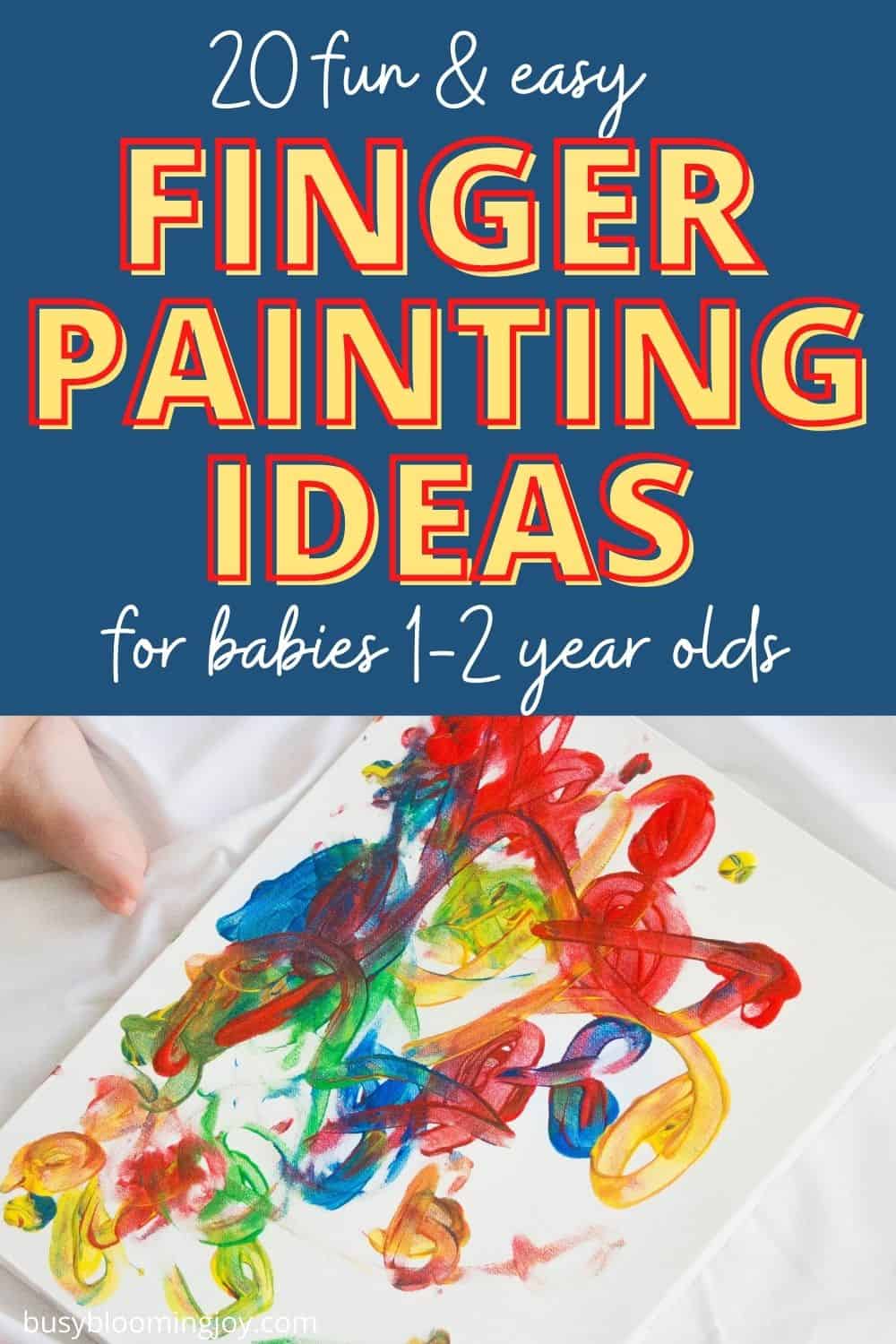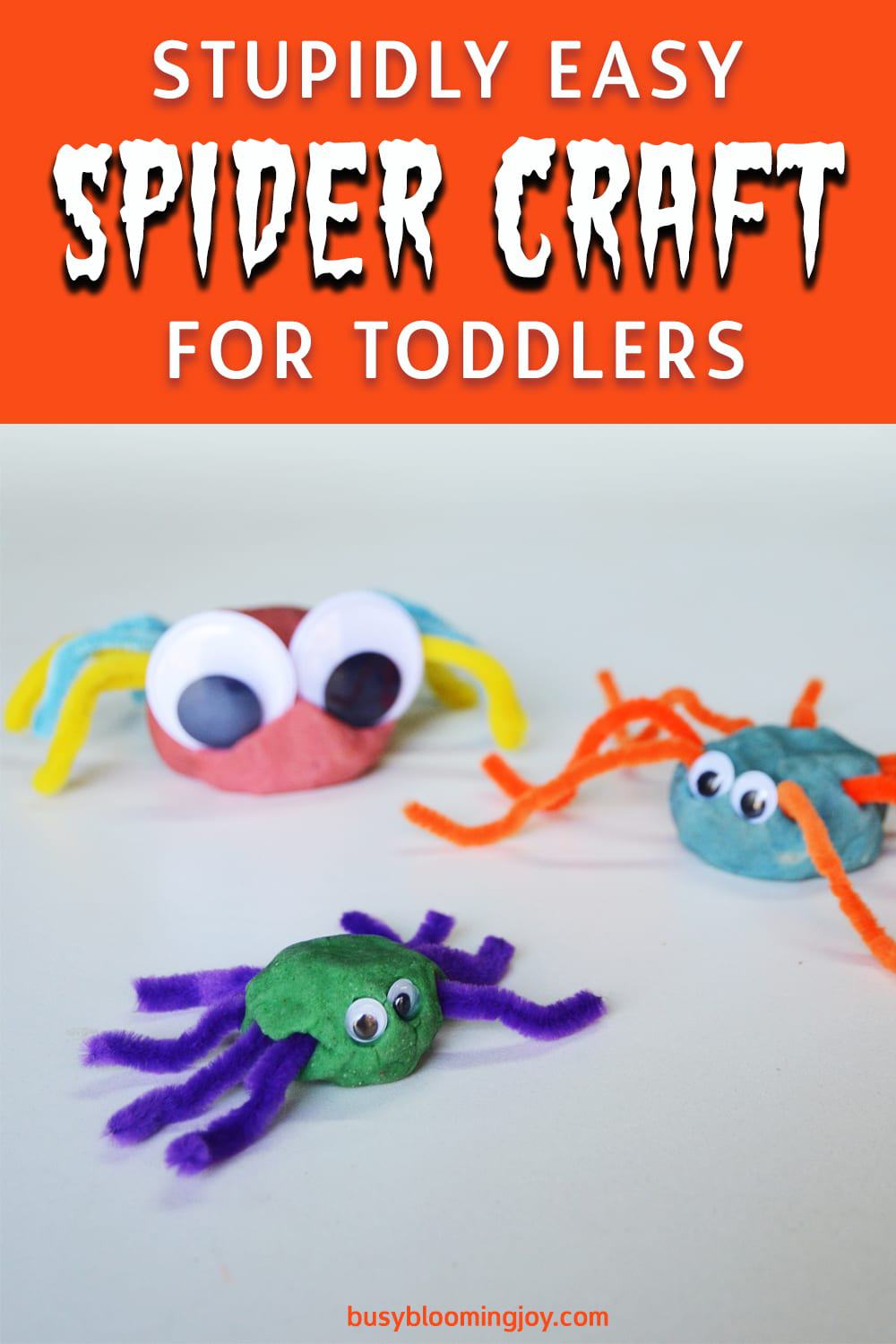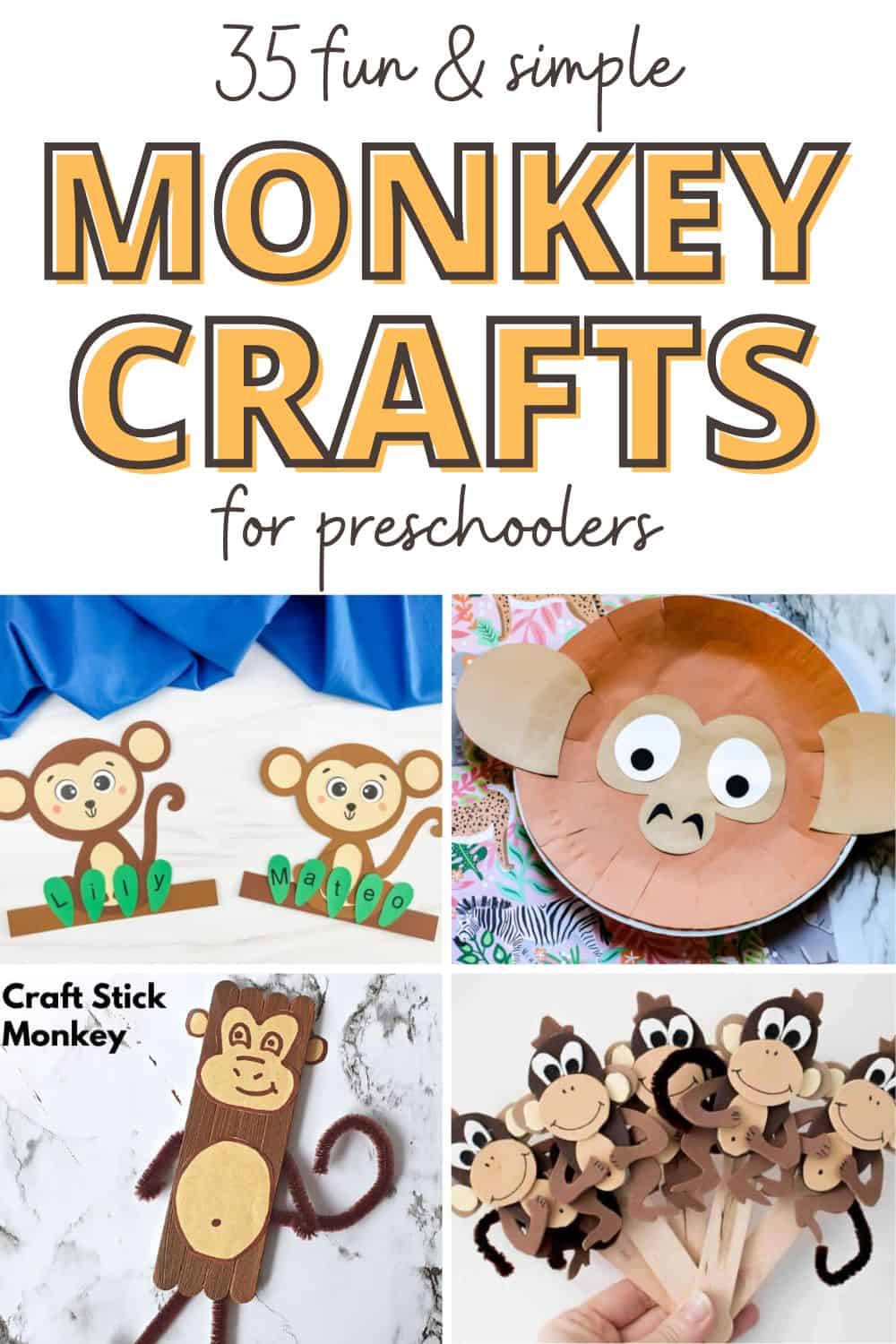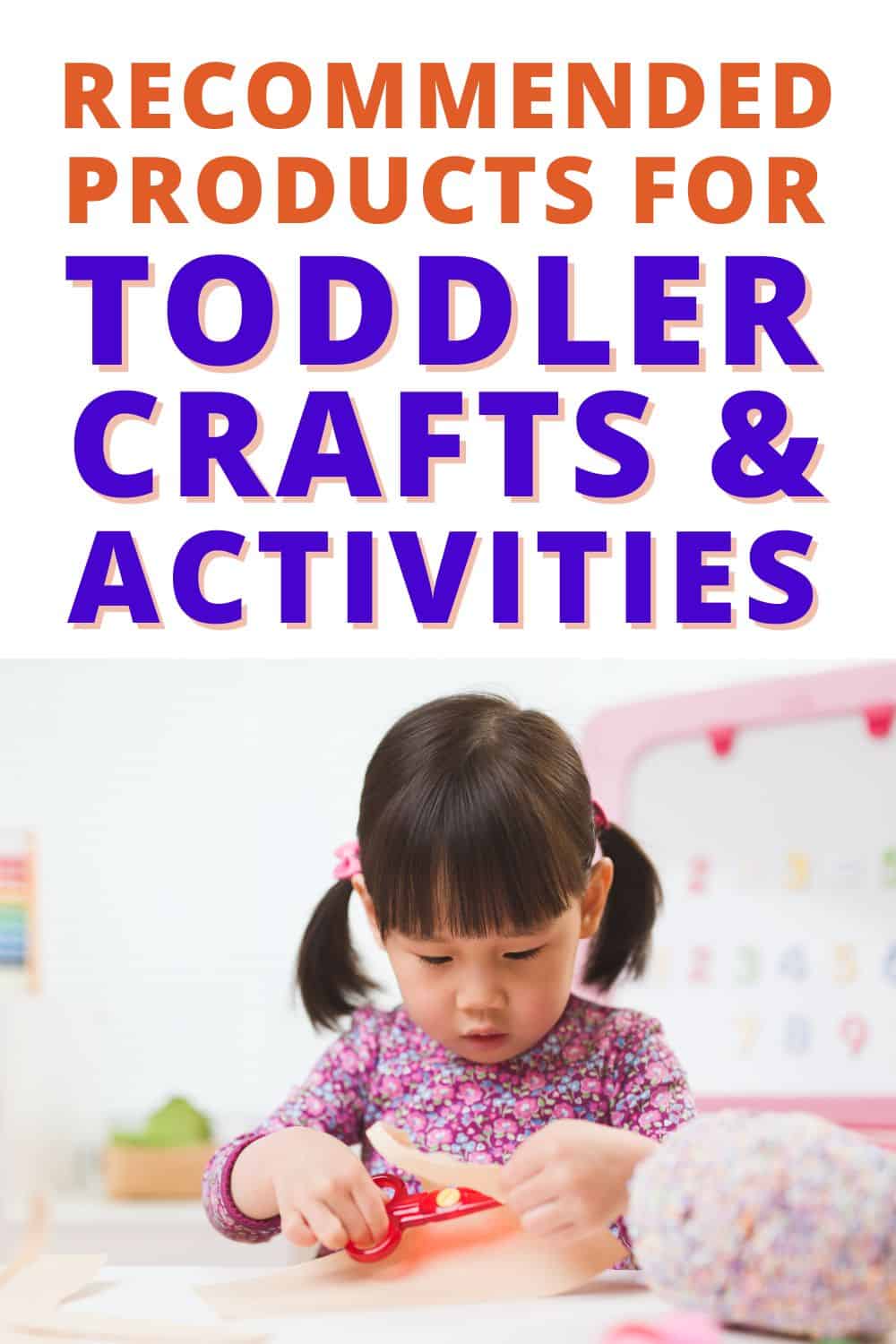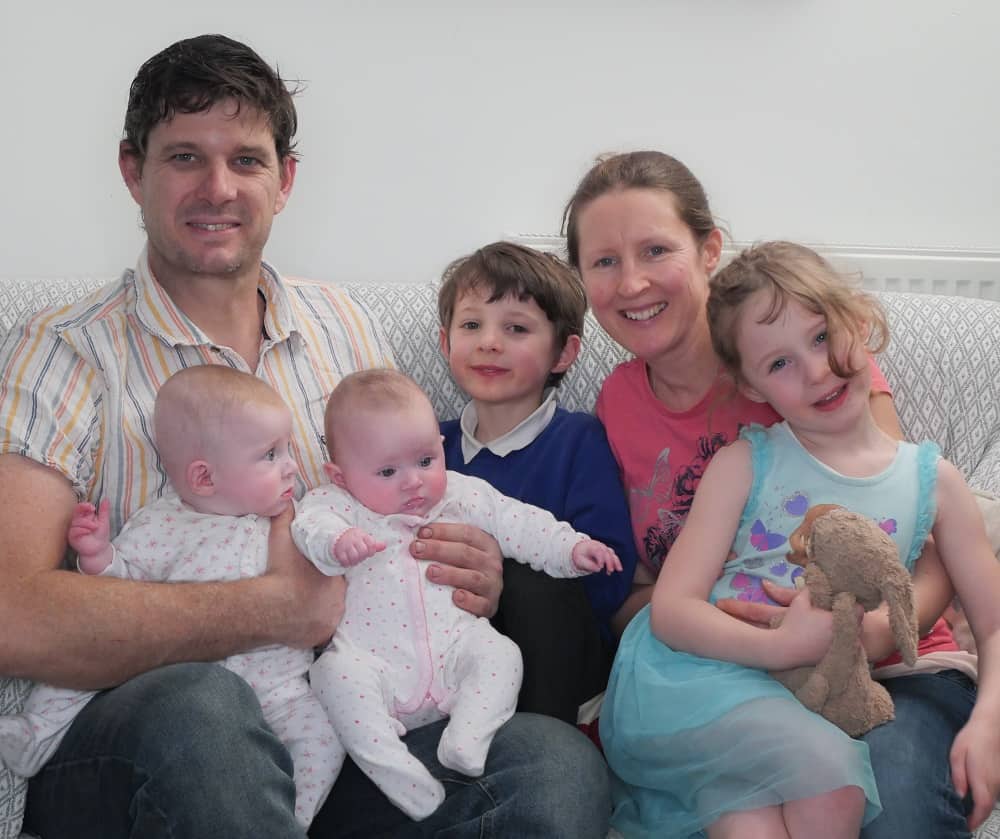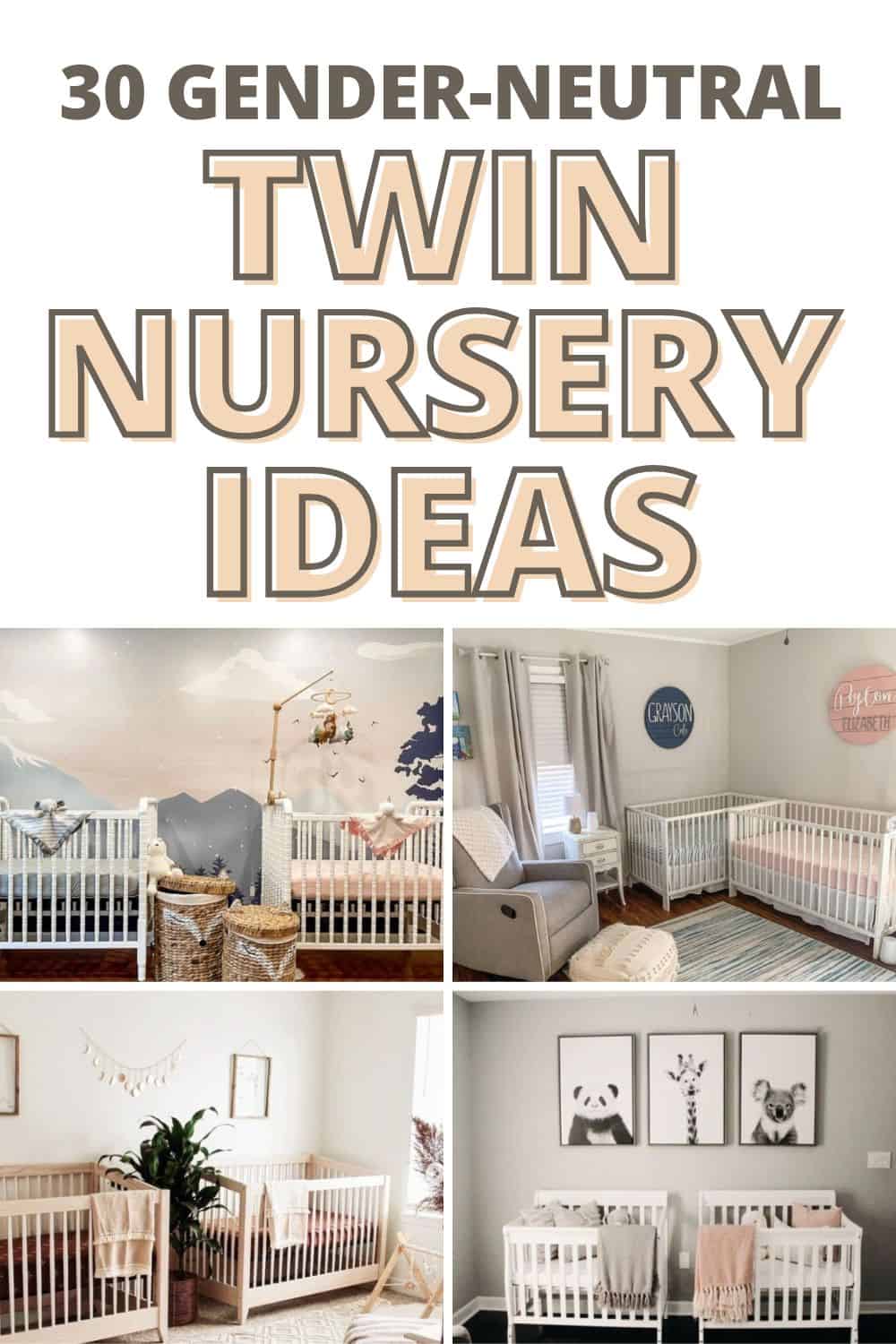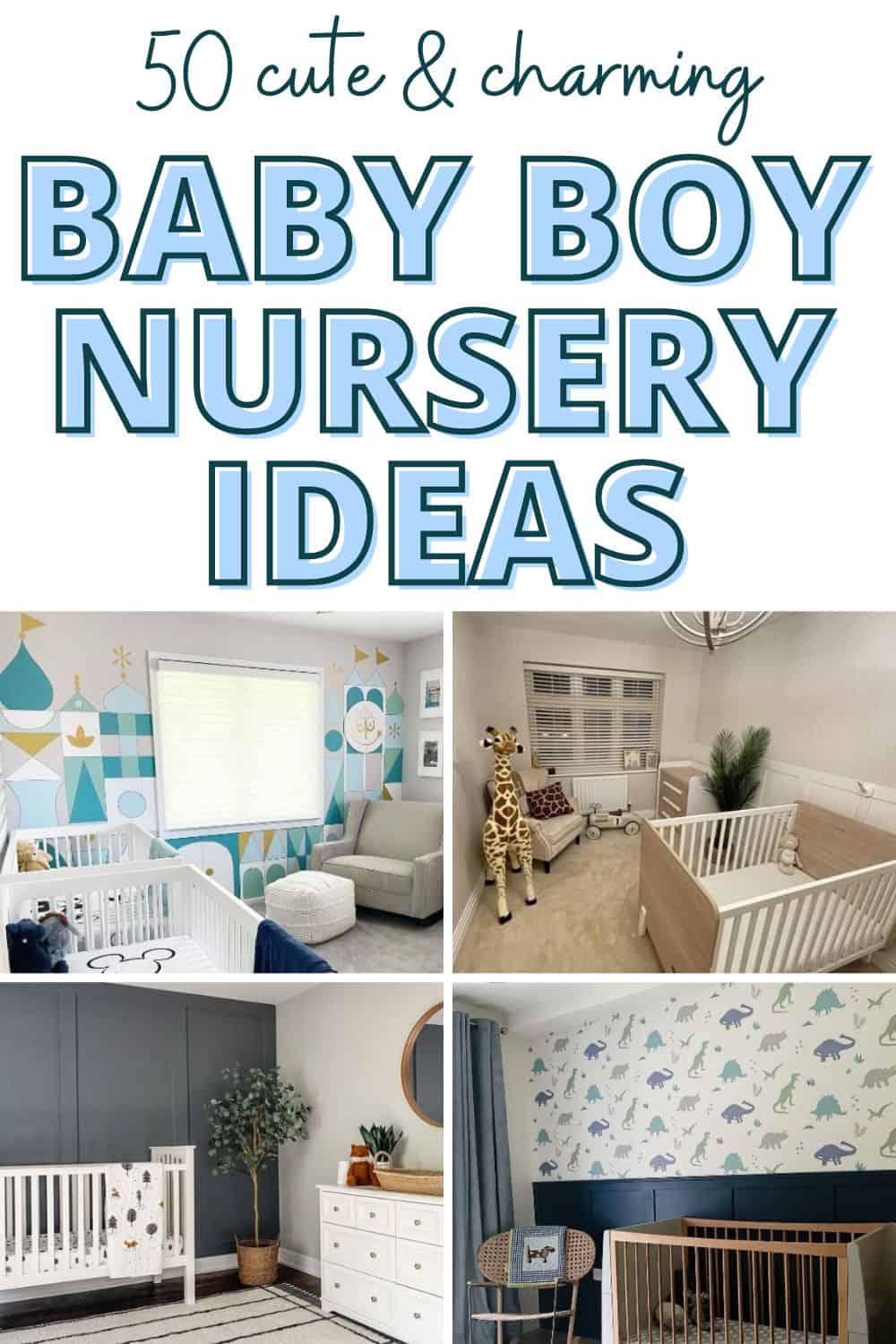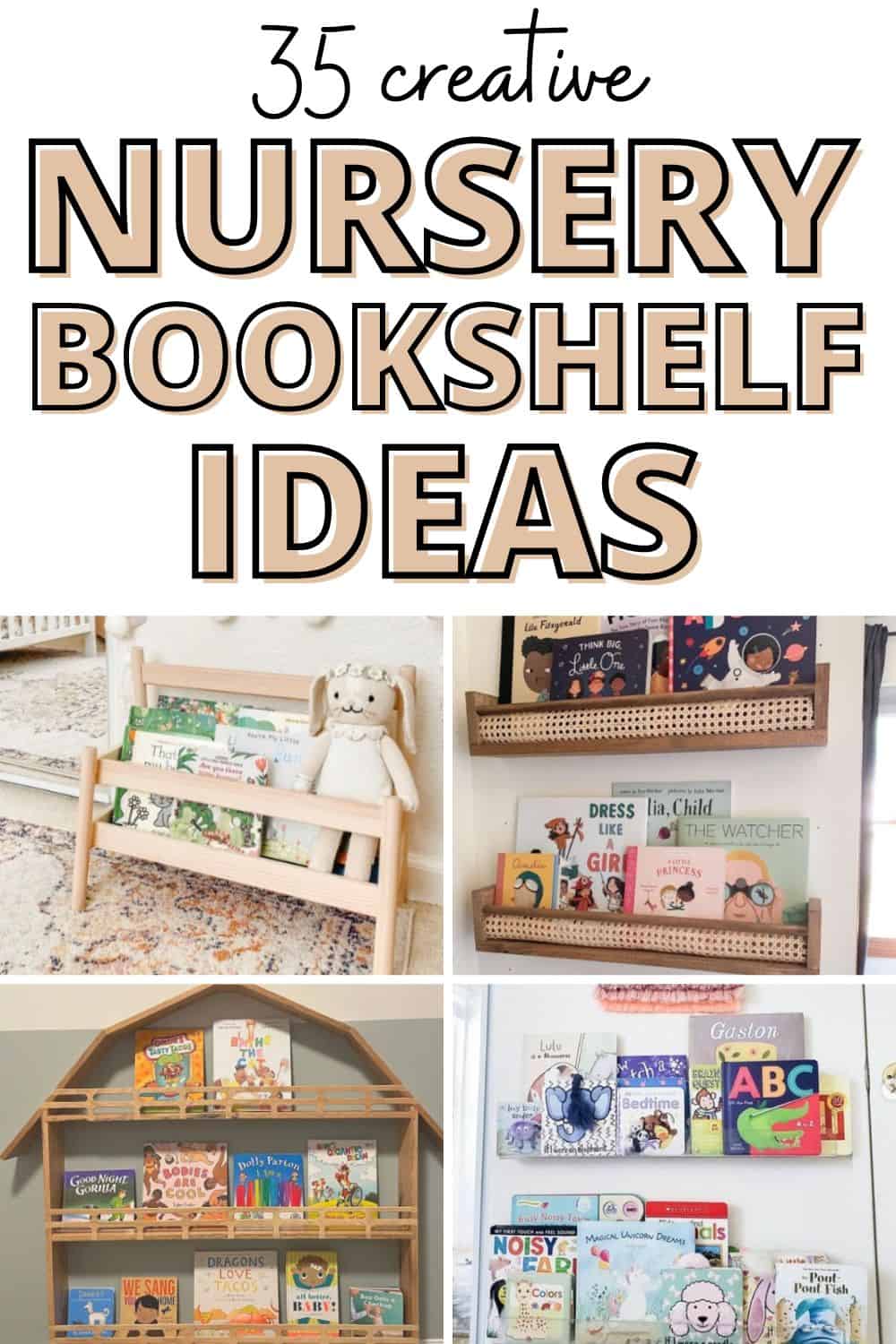What’s next on the loooong list of baby skills to learn: how to tub bathe your newborn step-by-step. Included: plenty of baby bath tips for little ones not keen on water.
All the baby admin is a bit relentless, isn’t it? It can come as a bit of a shock… Who knew newborns need to eat every 2, 1, 0.5 hours in the early days, with diaper changes just as frequent? Well, I was a clueless the first time around, so not me. But bathing baby, well that’s a fun task and a much-needed break from all the milk guzzling and poop cleaning up. But exactly how to bathe a newborn? Another of the never-ending questions you’re going to have to figure out the answer when entering into motherhood.
Well luckily, if you’ve cracked the whole sponge bathing malarky there are only a few extra steps, tricks and tips you need when you progress to the tub. (Don’t worry if you haven’t, since this is an all-encompassing guide on how to tub bathe a newborn step-by-step.)
But if your baby is teeny tiny, still with umbilical cord attached, it’s time to back up a little bit; you need to learn how to sponge bathe your newborn baby because tub baths are off the menu until the cord has fallen off (so clickity click the link and start there).
Which leads neatly into the first question you might ask when it comes to bathing your newborn…
Table of Contents
ToggleCan my baby have a tub bath before the umbilical cord falls off?
While the umbilical cord is still attached, stick to sponge bathing your newborn. You don’t want to get the umbilical cord wet, it needs to be kept clean and dry, which is a lot trickier once baby is splashing about in the water.
If you’re really desperate to start tub bathing your newborn, you could try a very shallow tub bath but then it’s matter of keeping baby warm enough with such little water – easily done if you learn to sponge bath baby the correct way.
Don’t worry, the wait shouldn’t be long – the umbilical cord will 1-2 weeks after birth,
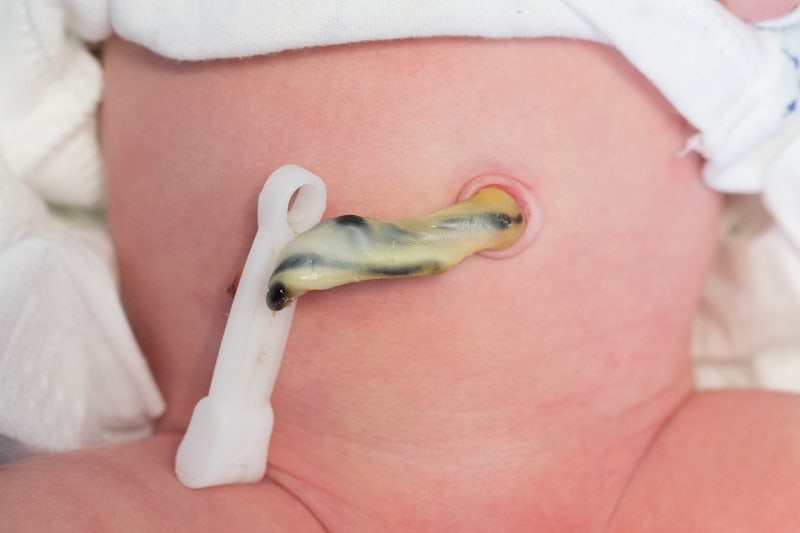
The best time of day to tub bathe baby
There’s no hard and fast rule about when to tub bathe your baby. The most important thing is to do it when you have adequate time and when your newborn is calm and relaxed. If your baby is due for a nap, becoming tired, fussing, gassy or reached a point of complete overtiredness, then adding a bath into the mix is likely to make things worse.
A bath can be a lovely way to calm and soothe your newborn and for this reason, it’s a common addition to a pre-sleep/nap or “wind-down” routine. In time, a solid routine will help signal to your newborn that it’s time to sleep, so if you decide to tub bathe your baby as part of an evening wind-down (i.e. bedtime) routine, make sure bathing is at the same point in the routine every time. I.e. feed, bathe, re-dress, swaddle, bed.
However, if your baby enjoys bathing too much and it overexcites her, don’t bathe her too close to nap or bedtime. You want bathing to be a calm, relaxing experience.
Same goes for the opposite situation – if your newborn hates bathing and it upsets or stresses her then avoid bathing close to bedtime.
How often to bathe baby
Other than around their nether regions and the chin/mouth area, newborns don’t really get that dirty. Daily bathing isn’t necessary as long as you’re wiping away any spit-up (check those neck folds for hidden dribbles) and giving the diaper area a good clean-up whenever necessary. So from a cleanliness point of view, in the first few weeks with a newborn, bathing 2-3 times a week will be enough.
When to start bathing baby daily or every night
Because of its soothing and calming effect, a bath is a good addition to a wind-down or bedtime routine, as mentioned above. The routine needs to be consistent from one day to the next – the more consistent the routine, the more effective it will be at indicating to your baby that it’s time to sleep. So if you want to incorporate a tub bath, daily bathing, at the same time of day, at the same point in the routine, is the way to go.
You can start wind-down and bedtime routines when your baby’s awake time (the time she’s able to happily stay awake without becoming overtired) allows it, at about a month old.
As before, the caveat to this is if baby hates to bath (although there are some tips to handle this coming up) or enjoys it too much and bathtime winds baby up, rather than down. If s0, you can still bathe your baby daily, just not close to a sleep.
The use of soap if tub bathing baby daily
A newborn’s skin is very delicate and sensitive so if you want to start bathing baby daily or every night, then limit any use of soap to 2-3 times a week. (More on soap and baby bath products coming up.) Other days of the week just let baby splash and enjoy the water.
The use of soap when bathing your newborn
Firstly, do you need soap when bathing a newborn?
Well, in the UK, where I’ve spent the first few months of all my baby’s lives, the guideline is to use only water and cotton wool for the first month, then introduce a very gentle, baby-friendly soap (source). The advice is the same in Australia (source). Following these guidelines means no need for soap at your newborn’s first bath.
However, in the States, there’s no recommendation to delay. In fact, using a mild, gentle baby soap is often recommended as a more effective and gentler way to cleanse grubby areas. Just like cleaning the dishes without dish liquid requires a fair amount of elbow grease, an explosive poop may come away easier with a dash of baby soap – a gentler option than a vigorous rub.
Having said that, with plenty my fair share of almighty clean-ups and one particularly challenging refluxy baby who spewed up more milk than she kept inside, I never had a problem with only using water during those first 4 weeks.
So go figure – perhaps a ploy to keep baby soap sales up?!
To summarize, any type of soap is best avoided with a teeny tiny one, less than 4 weeks, but if a drop of mild soap means you can avoid rubbing that delicate skin too vigorously, then that’s going to be the better option.
Which soap and shampoo should I use for tub bathing my newborn?
Part of learning exactly how to tub bathe a newborn, means knowing which baby soap to buy; of course, there’s a lot of choice. Use something specifically formulated for newborns, which should be unperfumed and free of soap, parabens, phthalates and other chemicals.
This Aveeno baby wash & shampoo ticks all those boxes. I came across it early on with my firstborn and have stuck with it ever since – I still use it now for my two preschoolers
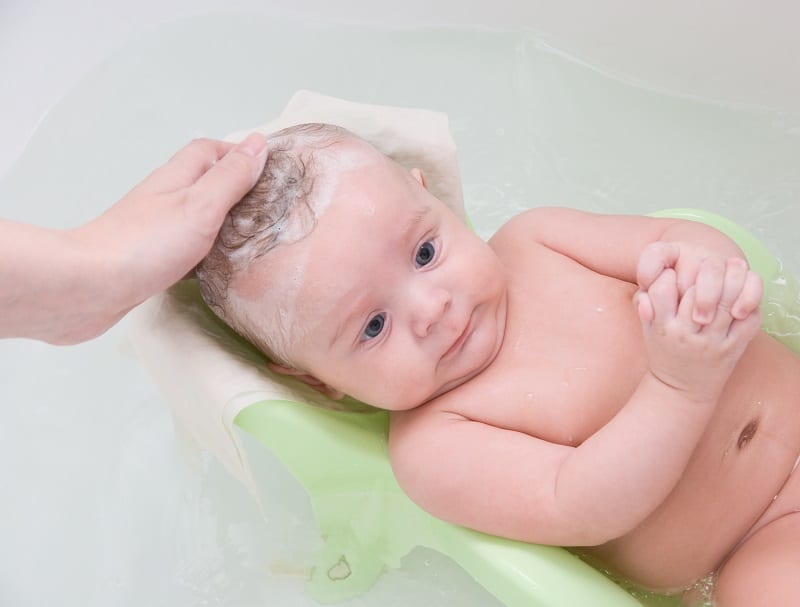
How often should you wash your newborn’s hair and scalp?
Again, less is more; a good shampoo once a week will probably be enough. And the same rules apply for choosing a baby shampoo – I’d recommend the same Aveeno baby wash & shampoo which can be used for both body and hair.
Your baby may have a little “cradle cap“: dry, flaky, crusty scalp a bit like dandruff that’s common during the first few weeks and months. Newborns are normally perfectly happy and unaffected by cradle cap, it’s more a cosmetic thing you will probably want to improve – it’s hard to not want to try and remove those flaky bits. Don’t! That will only irritate and could make your newborn quite unhappy.
Instead, after washing the scalp and hair with a little soap, apply a little baby oil or vegetable oil. This will soften the skin and by doing this after every wash you should see improvement.
Other tips to minimize irritation due to baby soap/body wash
- Use sparingly, only in areas that need it
- If you suspect your baby may be sensitive, you can do a patch test before using more extensively. Simply watch for any reaction over the next few hours, such as reddening, rash or dryness
- Don’t leave soap/body wash on the skin for an extended period of time; wash it off as soon as you can and rinse thoroughly
Applying lotions & creams after tub bathing
Baby moisturizers/lotions/creams
There are no consistent guidelines for when, where and how much lotion/cream/moisturizer to use after bathing your newborn.
In line with the UK and Australian guidelines, I’m firmly in the less is more camp, so just like the use of soap, limit or refrain from using anything during baby’s first month.
If and when you do use some, go easy: a little moisturizer on any dry patches is all that’s. When using, make sure your newborn is properly dry and not damp.
Again, just like when choosing baby soap, avoid perfumed lotions and creams and avoid nasties such as phthalates, parabens, dyes and other chemicals.
According to this article from Web MD, pediatric dermatologists rate petroleum jelly above lotions and moisturizers designed specifically for babies. It might not have the fancy packaging but it’s cheap and if the pros think it’s best for baby then I’m all for it.
Another option is a lanolin-based cream, such as this nipple cream, an absolute must to prevent and treat cracked nipples – all too common when breastfeeding (so regularly lather up those nipples before cracks appear). It’s 100% natural and extremely moisturizing so also ideal for your newborn’s dry skin.


Talcum powder
Applying a plentiful sprinkle of talcum powder after every bath and diaper change is now NOT the done thing. Powder can dry the skin, accumulate in all those baby creases and irritate.
In addition, during the sprinkling process, the stuff does seem to billow up in clouds; inhalation will also irritate baby’s nose and some say it could be dangerous. So steer clear (and educate your mom and mom-in-law, who just seem to love the stuff – just mine?).
Diaper cream
Whereas baby soap, bodywash, shampoo and moisturizers should be used sparingly, the opposite is true of diaper cream. A good diaper cream prevents, as well as treats, diaper rash. One extremely useful bit of information I retained from an antenatal class with my firstborn was to put on a zinc-oxide-based diaper cream at every diaper change, advice I’ve since seen and heard countless times. This could well be the best baby bath tip I received since my babies very rarely suffered any diaper rash.
What to bathe your newborn in
You may be wondering should you bath baby in a sink, bathtub or baby tub? A little on each:

#1 Sink
This is a good option if you’re short on space. You can bathe baby in your kitchen sink, just use a folded towel in the bottom so give that slippery baby bottom a bit of grip.
Even a sink-sized bucket will work, it just needs to be big enough for baby to fit into comfortably.
Sink insert/barth sponge to stop baby slipping
Instead of using a towel at the base of the sink, you can invest in an insert like this bath sponge. It provides grip as well as some additional support for your newborn (which will save your arms once your newborn is a little stronger) and will last your baby until 4-6 months old.
Inserts still work if space is an issue as they can either be hung up or squished into a tight spot.
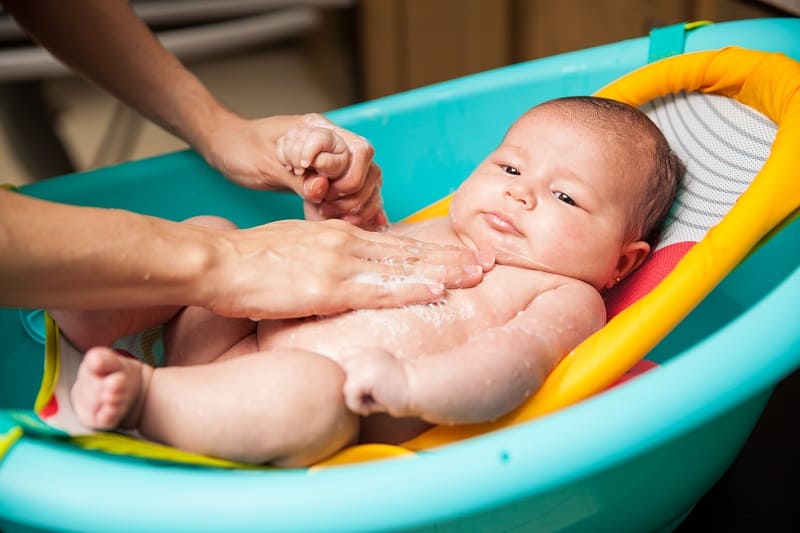
#2 Baby bathtub
These can be used anywhere – on a table, counter-cop, in the regular tub or anywhere with a hard flat surface. They’re bigger and bulkier, but much longer-lasting. Many come with an insert for when baby is a teeny, tiny newborn as in the picture above and like this newborn to toddler tub from The First Years.
If your tub doesn’t have a newborn insert, look for one with a grippy pad at the base to keep baby from slipping. Otherwise, use a folded towel in the bottom or buy an insert as recommended above.
#3 In the regular tub with you
This is a great baby bath tip if your little one is not keen on bathing, but you may wish to try it anyway. I personally found the idea of handling a teeny tiny newborn while in the bath myself a little daunting and you definitely need an extra pair of hands to hand baby to you once in the bath.
When baby reaches around 3 months, you can progress to a bath chair (my babies have always loved these ones, they lie in them like a deck chair!) which stands in a regular bathtub. Then you or any siblings can bathe with baby.
Other supplies & newborn baby bath products needed
So you’ve decided what to bathe baby in – time to gather the rest of your supplies and baby bath products:
- Cotton wool – great for those sensitive areas such as the eyes and face, or for everywhere when baby is teeny tiny.
- Supersoft washcloths – once baby is a little older, say 1+ months, progress to some super soft baby washcloths, like these 100% cotton muslin washcloths. (These are also handy for a whole heap of other uses with babies and toddlers – I used them instead of disposable wipes).
- Gentle baby soap/body wash – such as this Aveeno baby wash & shampoo which tops the charts of baby bath products as mentioned earlier
- Changing mat with towel on top – a clean folded towel on top of the changing mat provides warmth and extra absorption
- Hooded baby towel – like this hooded towel from Burt’s Bees.
- Spare towel – a just-in-case towel – for extra drying capacity or an accident.
- Clean baby clothes if necessary – newborns are comforted and soothed by familiar smells, including their own smell, so only change her clothes if it’s really necessary.
(Take a look at the best way to organize baby clotheshere.). If pre-bath clothes have only been used a few hours or even a day and are still clean, put them back on
- 2 clean diapers – one to change into and a spare in case of accidents
- Diaper cream – in line with the recommendation of applying diaper cream at every change, you’re going to need some of this zinc-oxide-based diaper cream
- Baby moisturizer if necessary – either petroleum jelly or some of this lanolin-based moisturizer as mentioned above, but only if absolutely necessary
Where to tub bathe your newborn
The next step in learning how to tub bathe your newborn is figuring out exactly where, i.e. which room/area to use. Choose somewhere:
Warm or able to accommodate a heater
When naked, baby needs as warm a room as possible, similar to the temperature experienced in the womb, i.e. your body temperature (98 Fahrenheit/37 Celcius). Much lower than that in the first few weeks after birth is going to feel cold, especially since newborns have a much thinner skin than us and a larger surface area to volume ratio.
So the warmer the room, the more comfortable and physically less demanding (due to less heat loss) those first tub baths will be.
As a guide, if you’re comfortable in a t-shirt, the room is probably just warm enough for your newborn’s first bath. Instead of cranking the temperature of the entire room up, you can of course use a space or fan heater close to where you’re going to bathe baby.
Close to a sink, bath, shower or another water source
If you want to use the sink, then that’s going to narrow your where-to-bath options considerably. Otherwise, you don’t want to be too far from one, so you can easily fill your baby bathtub without too much spillage.

Comfortable for you
You need to be comfortable to hold your baby in the tub, without giving yourself backache. Just like the changing table is at a good working height, you don’t want to be crouched over for an extended period of time when bathing your newborn. For this reason, the kitchen counter works well.
Dim or dimmable lighting
The problem with bathroom and kitchen lighting is that it can be harsh, with bright spotlights. Your baby will be lying on her back so any bright lights will be beating down into those sensitive newborn eyes, which can add to the stress of those first tub baths. So dim the lights or turn the main lights off and use a table lamp close by for lighting.
Calm and relaxing
Especially during those first few baths, you want to ensure a calm, relaxing environment. Try to ensure the chaos of everyday family life and older siblings is moved elsewhere in the house during bathtime or that you can shut out the noise with a closed door.
How to bathe a newborn baby girl or boy in a tub STEP-BY-STEP
STEP 1: Fill the baby bath or sink with water
Fill the baby bathtub or sink with about 3 inches or 10 cm of warm water – 37-38 degrees Celcius/99-100 degrees Fahrenheit – warm, not hot, testing with your elbow or the inside of your wrist or check with a baby bath thermometer.
If necessary, fold a small towel and place it at the bottom of the bathtub/sink or insert a supportive, grippy bath sponge (as mentioned in the supplies & newborn baby bath products section above).
STEP 2: Lay all your baby bath supplies out, remove distractions
Layout everything that you may need in easy reach, put your phone on silent, close the door to minizine disturbance, remove any jewelry.
Unfold a hooded baby towel on top of the change mat, ready for your newborn post tub bath.
STEP 3: Wash baby’s head and face before undressing (optional when baby is older and a confident bather)
Use cotton wool with plain water to bathe these more sensitive areas of the eyes and face as follows:
BATHING A NEWBORN’S EYES…
Dip the cotton w00l in the water, squeeze off the excess and wipe gently from the inner corner of the eye, across the eyelid out towards the ears. Use a fresh cotton ball for the second eye.
…FACE & MOUTH
Using another fresh cotton ball wipe the face and mouth with short, gentle strokes.
…EARS
The ears are slightly less delicate, so you can switch to one of those super soft washcloths now if you like. Only wash the outside of the ears and lobes, don’t try to clean inside baby’s ears and never use a Q-tip inside either as you may damage the eardrum.
HOW TO WASH A NEWBORNS HAIR, SCALP & NECK
Wash over the scalp and hair and all around the neck, not forgetting all those little creases and folds where stray milk can fester and leave a red sore (guilty). You may find a drop of soap helpful if your baby spits-up a lot.
If baby suffers from cradle cap wash the hair and scalp with a little soap to loosen and remove some of the dry flakey skin. Do this in conjunction with regular application of oil – vegetable or baby oil – after bathing.
STEP 4: Undress your newborn and lower her into the tub
Lie baby on the change mat/towel combo and undress her fully.
Using the cradle hold (baby lying with her head in the crook of your forearm and body supported by your other arm), lower baby into the tub, feet first.
Once your little one’s bottom has made contact with the towel or bath sponge on the base of the tub, you can remove your arm from under her body, just keep supporting the head and neck.
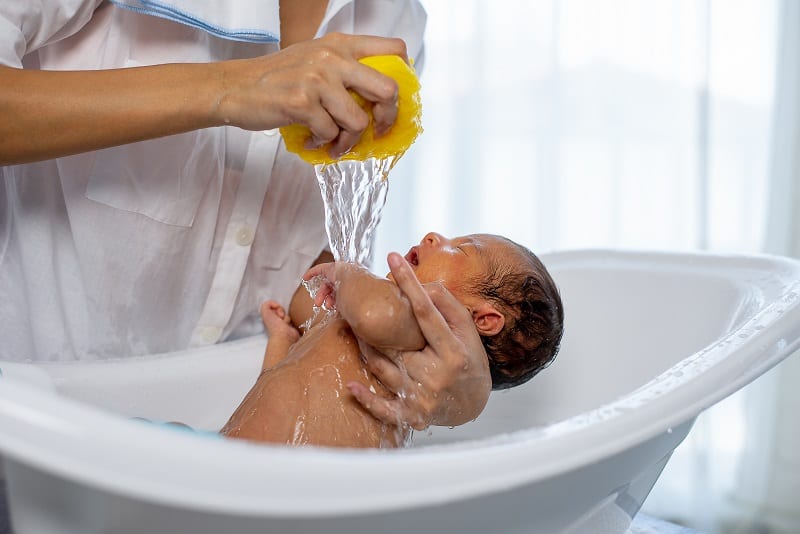
STEP 4: Squeeze water over your newborn, let her kick and splash, wash with soap as necessary
You can use your hand to drip water over baby or saturate a washcloth and squeeze it over. If your newborn is enjoying the water, let her kick and splash and enjoy it! This is also a great first bath photo opportunity if there’s anyone around to do the honors.
Wash baby’s body, arms, legs bottom, using baby soap sparingly if necessary, and checking all those skin folds, nooks and crannies.
STEP 5: Wash and clean your newborn’s private parts
A gentle wipe, while baby is in the bath, might be enough, but check for any caked-on diaper cream and other dirt once baby is out the bath and lying on the towel/change mat combo (step 7).
STEP 6: Lift baby out of the bath, straight into the hooded baby towel
This is simply a reversal of putting baby in the tub: put your spare arm under baby’s bottom and, keeping her head and neck well supported, lift her out of the tub and onto the change mat/towel combination. Put the hood over baby’s head and wrap the towel around her body.
STEP 7: Check for any areas you may have missed
This mostly applies to the diaper area and the top of the butt crease underneath your newborn (lift her legs as if to put a diaper on and have a good check). Wipe and clean as necessary.
STEP 8: Drying, cream application and dressing your newborn after a tub bath
Pat baby dry and make sure you pay particular attention to all those creases and folds – you don’t want to leave even a hint of moisture.
If necessary, apply moisturizer, such as petroleum jelly or this lanolin-based cream to any dry patches of skin. If baby suffers from cradle cap, rub a little baby or vegetable oil over the scalp.
Baby bath tips – for stress-free and fun bathing
Some babies love bathing. Some, not so much.
This may seem strange at first, having been submerged in fluid in the womb. But when you think about it, a baby bath is quite a different experience; think of all that freedom your newborn now has with those flailing arms and legs!
It’ll be very different to the close confines of the womb.
Fear not, in time your newborn is sure to enjoy bathing. Here are two different options that can help those first few tub baths.
#1 Baby bath tip: bathe baby swaddled
Try swaddling her in a thin muslin first or try lying a wash cloth on her tummy. This can really help baby feel secure, just as swaddling helps soothe and calm when fussy or in preparation for sleep.

#2 Baby bath tip: bathe with baby
Get in the bath with you newborn (not the baby bath… just saying!). Lie in a shallow bath with your baby tummy-to-tummy then gently squeeze water over her back. The skin-to-skin contact will be very reassuring and will get your baby used to the sensation of water running over her skin.
If you try this, it’s a lot easier and safer if you have someone on hand to pass your little one to you, rather than stepping into the bath holding her.
#3 Baby bath tip: keep it short & sweet
Newborns tire easily, especially to new sensory experiences, and can’t stay awake very long.
#4 Baby bath tip: know when to skip bath time altogether
If you’re short on time and baby is already getting tired and fussy, then skip bathtime altogether. The last thing you want is for overtiredness to kick in, because overtired babies are extremely difficult to settle.
Related post: Baby fighting sleep? Overtired baby alert! 3 tactics to prevent overtiredness that really work
#5 Baby bath tip: talk to your baby
This will help your baby feel calm and secure.
#6 Baby bath tip: heat that towel
With a heated towel rail or by throwing it in the drier so it’s toasty warm for baby after bath. You can even do the same with baby’s jammies.
#7 Baby bath tip: try some baby massage after bathing
Massage provides deep pressure touch that is both calming and stimulating. It’s great for bonding and will also help your baby become aware of her own body, the first step in developing spatial perception.
Wondering how to tub bathe a newborn as safely as possible?
Don’t leave baby alone in the tub
Not even for a fraction of a second. If you need to go somewhere, take your newborn with you.
Don’t run the tap when your baby is in the tub or sink
Not only could it burn, it could startle and upset a newborn.
Make sure the tap is cool before putting baby in the tub
If sink bathing, run cold water through the tap after filling the bath to cool it down, just in case baby comes into contact with it.
Giving your newborn baby a tub bath FAQs:
Should you bathe a newborn in a sink or bathtub or baby tub?
You can either use a baby bathtub or a good-sized sink from birth to the age of 3 months, at which point baby will probably have outgrown the sink. Then a baby tub or your regular tub with bath chair inside will work.
If space is an issue, using the sink then moving to your regular tub is probably the better option, otherwise go for a baby bath tub.
Whether you use the sink or baby bath tub, while in the newborn phase use a towel in the bottom or bath sponge, to give that slippery bottom a bit of grip. A bath sponge also provides additional support.
What type of baby tub is best?
There’s a ton of choice on the market, like for most things baby. A baby tub doesn’t need to be complicated though – it’s just a mini bathtub after all. However, there are some with built-in bath sponges and/or support which takes away the need for a towel at the bottom of the bathtub. This baby bathtub is a good option.
Can I give my newborn baby bath toys?
You could try a few bath toys with your newborn but it’s unlikely they’ll get much use until she reaches 2-3 months old. Don’t worry, splashing in the water will provide more than enough sensory stimulation.
Once baby has started grabbing and clasping, some squeezy bath toys and water cups are great things to start off; she’ll enjoy trying to reach and grab these.
How much water should I put in the tub?
When you first start tub bathing your newborn, fill the bath 8-10 cm or around 3 inches. You want a decent depth to help keep your newborn warm, but not so much it’s overwhelming or unsafe.
When baby has become more confident and comfortable in the water and is a little bigger you can add more water.
How hot should the water be for a newborn?
Getting the temperature right is a very important part of learning how to bathe a newborn. Water should feel comfortably warm when testing with your elbow or inner wrist. This means a temperature of 37-38 degrees Celcius/99-100 degrees Fahrenheit if you’d rather use a baby bath thermometer.
Should I use soap when bathing my newborn?
If you bathe your newborn daily, don’t use soap every time. Use as necessary, for any sweaty areas or where diaper cream has accumulated, a maximum of 2-3 times a week. If you can refrain from using soap during the first month of your baby’s life then so much the better.
Which soap and shampoo should I use when tub bathing my newborn?
Choose something unperfumed, free of soap, parabens, phthalates and other chemicals. This Aveeno baby wash & shampoo ticks all those boxes.
When can I put lotion on my newborn?
Lotions and creams should be used sparingly and on an as-and-when-needed basis (but best avoided for the first month after birth). A touch of moisturizer, such as petroleum jelly (as recommended by pediatric dermatologists) or this 100% natural lanolin-based cream, can be applied to dry patches of skin after bathing, if necessary.
Will creams and lotions after tub bathing my baby help prevent rashes?
As well as treating diaper rash effectively, daily application of a zinc-oxide-based diaper cream is the best preventative measure for any redness and soreness around the diaper area. So slap it on at least once a day; after tub bathing is as good a time as any.
However, when it comes to other rashes, which aren’t uncommon in newborns, a lotion could help or hinder. There’s certainly no guarantee a lotion will prevent a rash.
If your newborn has a lingering rash or is combined with symptoms of illness (temperature, sleepiness, loss of interest in surroundings or appetite, significantly more or less dirty or wet diapers) then seek professional advice promptly.
When can baby bathe in the regular tub?
As long as the umbilical cord has fallen off, you can start bathing with baby in the big bath (one of the best baby bath tips for newborns not keen on bathing), although a baby bathtub or sink is probably more practical day-to-day.
When a little bigger, say 3 months, you can try a bath chair, which stands in the regular tub. You or her siblings can then sit and bathe with her in the tub.
Is it better to bathe my newborn baby in the morning or at night?
Time of day isn’t that important although if you want to incorporate a bath into a pre-sleep or wind-down routine, the most common time to do this is in the evening.
What’s more important in those early days is that you have adequate time and can bathe your newborn with as little stress and interruption as possible.

How long should you wait to bathe a newborn after feeding?
This depends on your newborn and how susceptible she is to spit-up. If your baby brings up a fair amount of milk then it helps to have a good 5-10 mins in a more upright position before tub bathing.
Should I bathe or feed first in baby’s routine?
In line with the “eat – play – sleep” routine, feeding baby comes first after a nap or sleep. This is so that baby eats when she’s most alert, meaning a more efficient and effective feed. Also, by not feeding just before a sleep helps to avoid a feeding to sleep association from developing.
So, in order to follow this routine, tub bathing your newborn will fall into the “play” slot i.e. after eating and before the next nap.
When baby is a little older and able to stay awake longer, then a “split” feed can work well in the evening. Splitting the feed helps to tank baby up on milk before the night ahead. Bathing your newborn slots in between the two halves of the feed so:
- feed the first half of the feed (first breast or half the bottle)
- bathe your newborn
- feed the rest of the feed
This allows your baby to build up a little bit more of an appetite so she feeds more in total and can help get that tummy fuller for longer, delaying the first night waking.
Finally, enjoy learning how to bathe your newborn
Especially now you have plenty of baby bath tips to hand. Remember to take plenty of photos of your newborns first baths – it’s such a momentous occasion!


